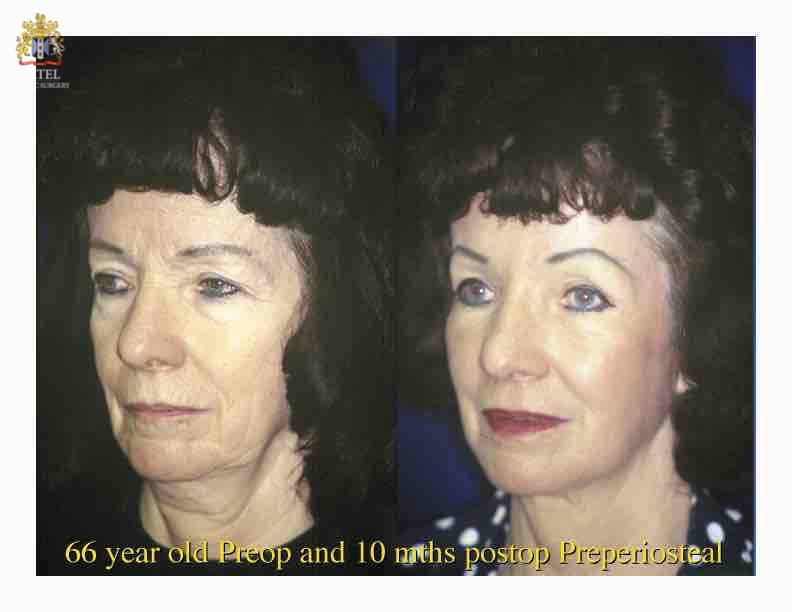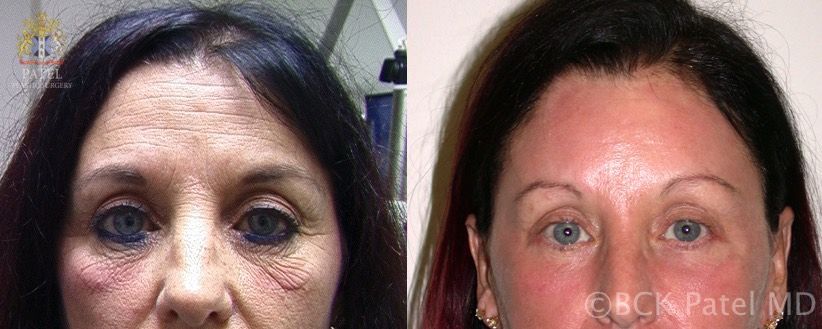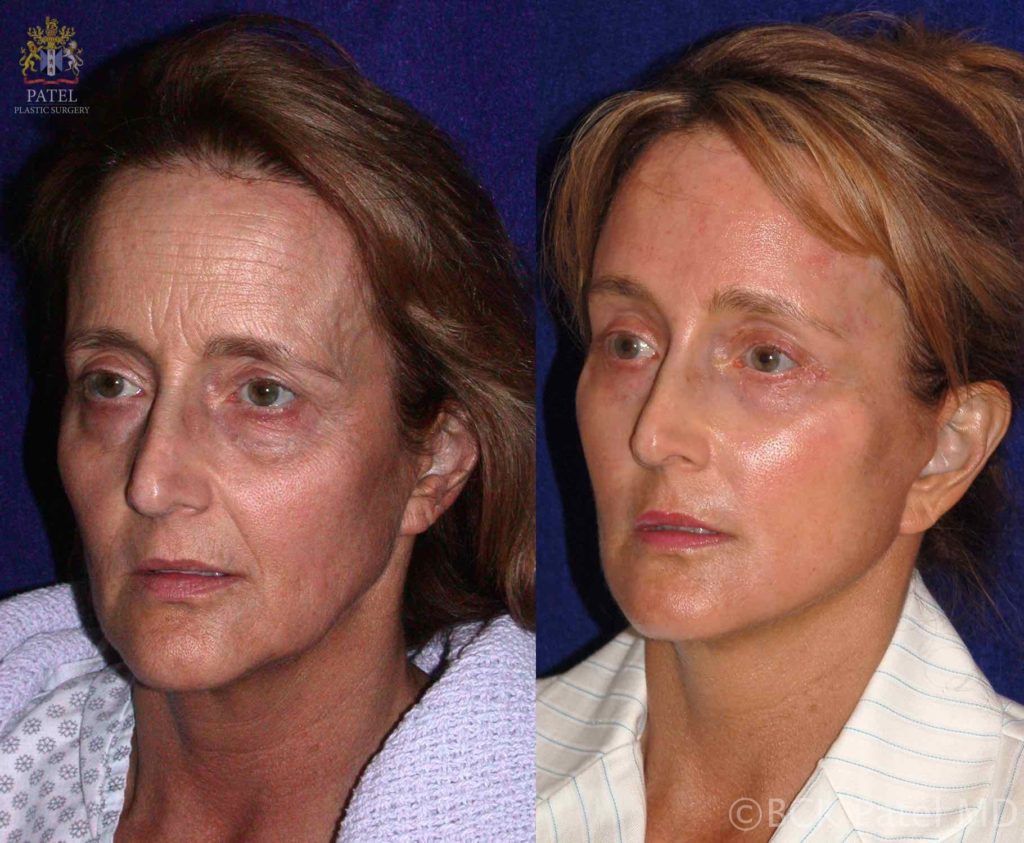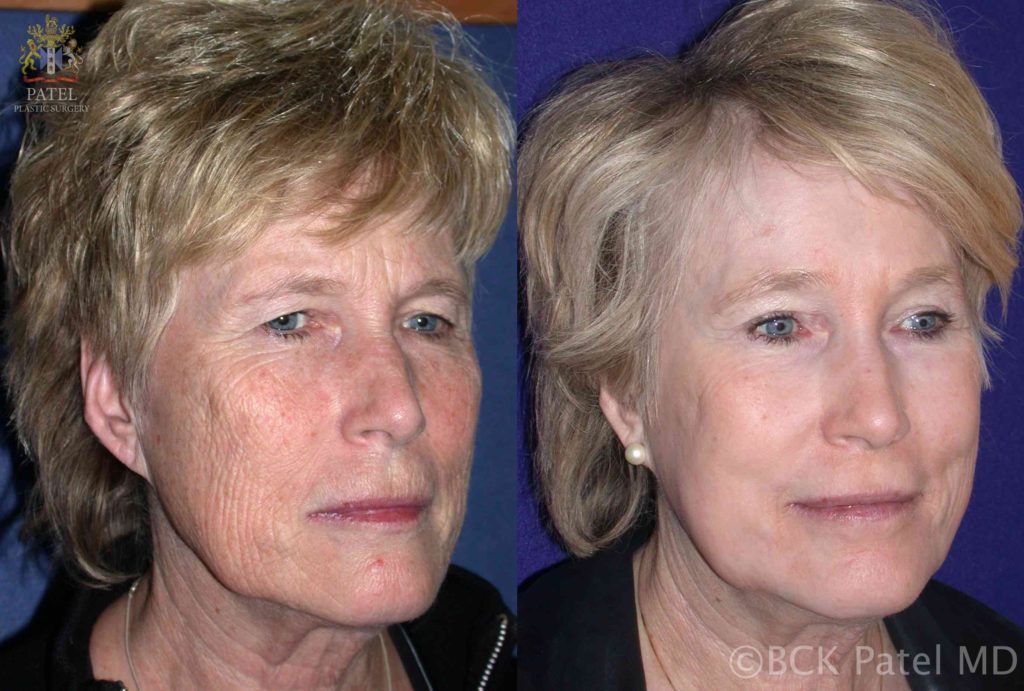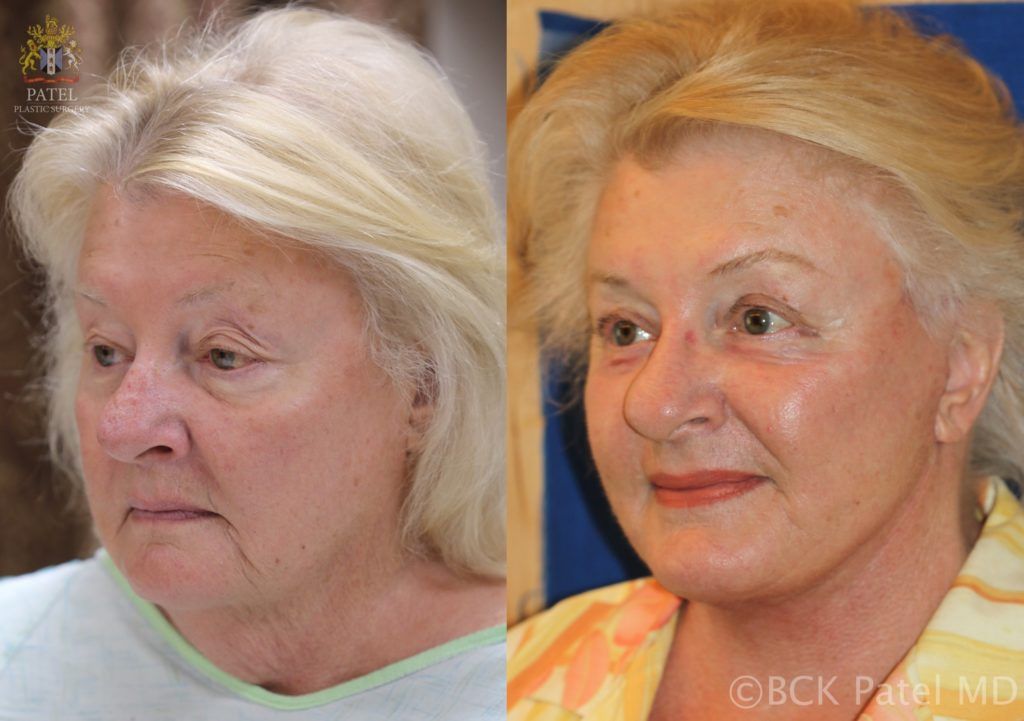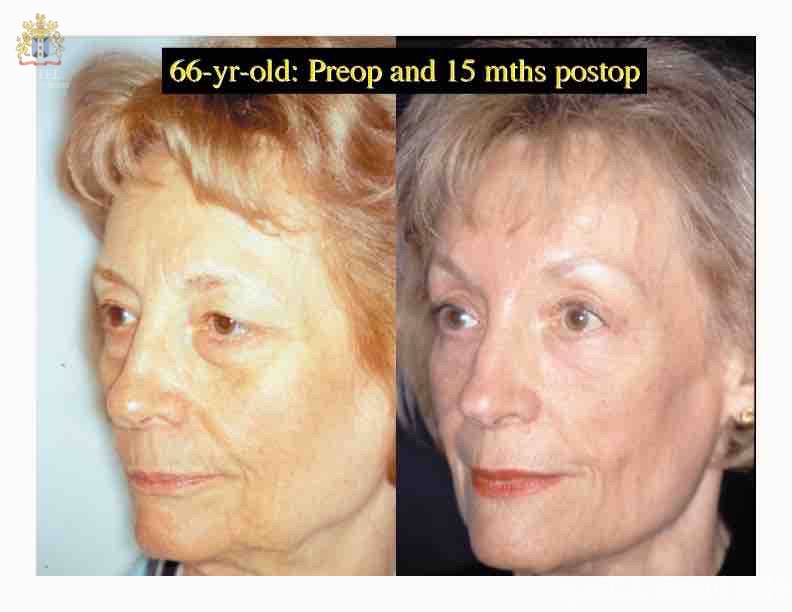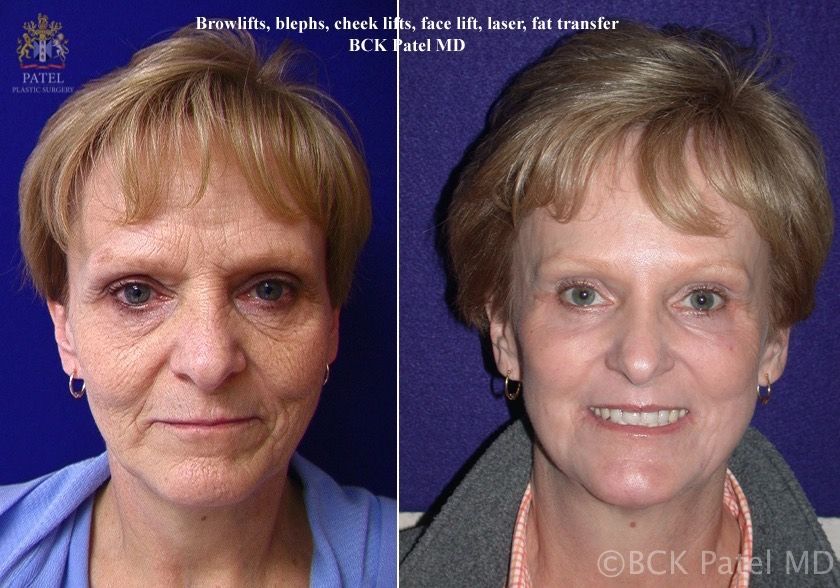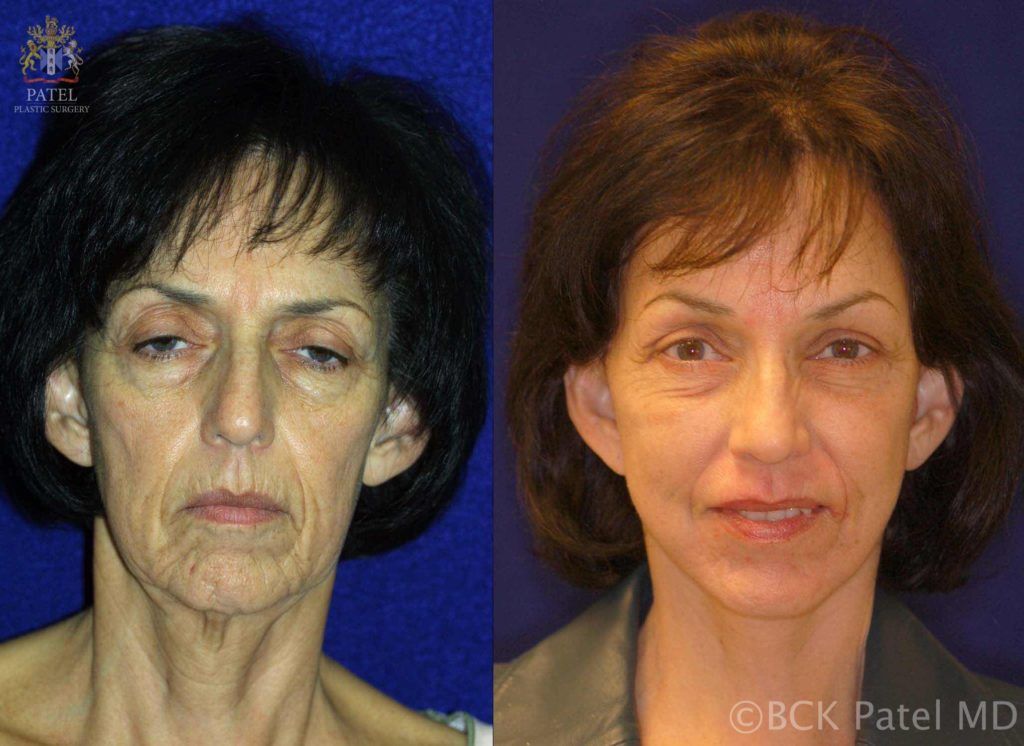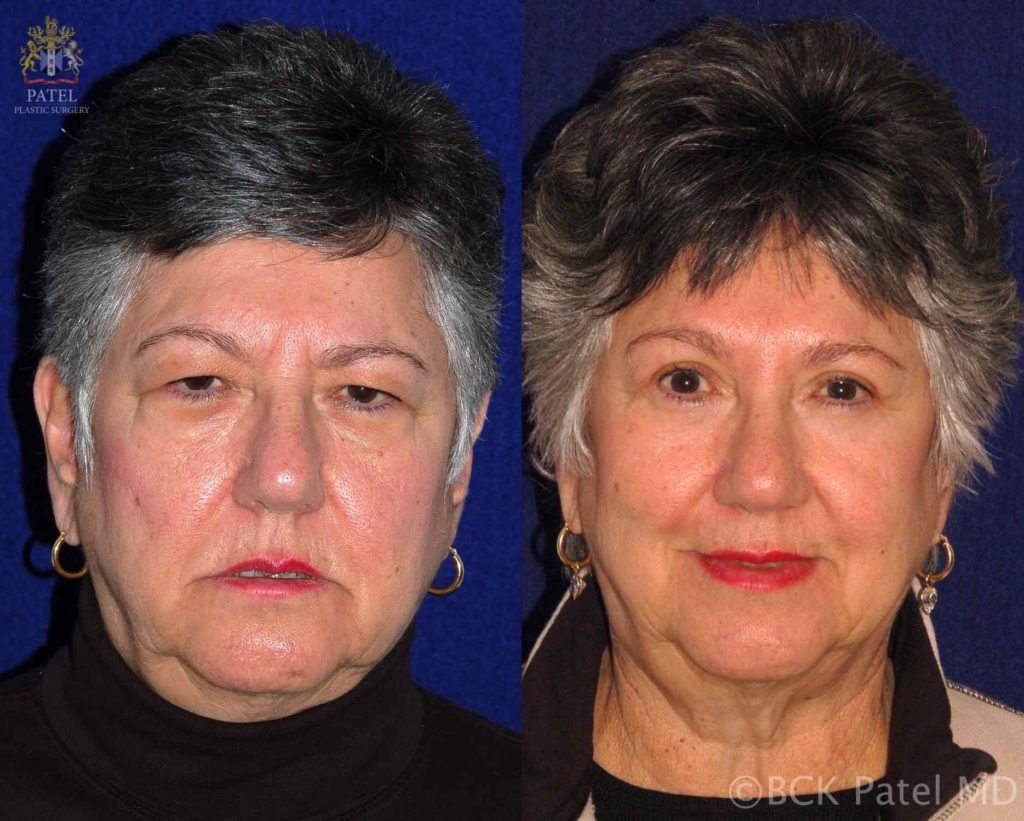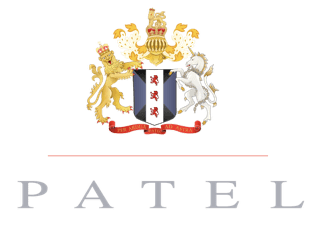EYELID SURGERY SALT LAKE CITY
Eyelid Surgery- Blepharoplasty
LOCAL ANAESTHESIA
MINIMALLY INVASIVE
Excess eyelid skin with or without bulging fat pads is the reason why people consider eyelid surgery. Aesthetic blepharoplasty has now become one of the most popular and requently performed cosmetic procedure in the world. For information on what to expect after Upper Blepharoplasty (often combined with Ptosis Repair), please click HERE.
For Lower Eyelid Laser Skin Tightening Options, Please Click Here.
Upper and Lower blepharoplasty are often performed in combination with browlifts, cheek lifts, fat grafts, face and necklifts, CO2 fractional laser resurfacing and other procedures as seen here:
Important: Any surgical or invasive procedure carries risks. Before proceeding, you should seek a second opinion from an appropriately qualified health practitioner.
Why consider Blepharoplasty?
With time, the eyelid skin becomes lax and the underlying tissue (fat pads) may start to bulge out. Years of sun damage, genetic predisposition, chronic health issues and cigarette smoking often accelerate this phenomenon.
Blepharoplasty is a surgical procedure where excess eyelid skin (and if required, excess fat pads) are excised to restore a more youthful and aesthetically pleasing appearance.
Isn’t Blepharoplasty just removal of skin and fat?
A common mistake we see when we see patients for second and third opinions is the traditional excisional type of blepharoplasty performed, where the surgeon removes skin, fat and muscle equally in every patient. This often leads to results which are not suitable to the particular face.
An artistic and anatomical approach is necessary when performing upper and lower blepharoplasties: the analysis should be detailed, the person’s race, age and aging should be considered and the desired outcomes carefully considered, not only in terms of the cosmetic output, but also preservation of that most vital of our senses, VISION! Many of the complications patients come to see us with (lagophthalmos, retraction, corneal exposure, tearing, persistent swelling, loss of sensation, loss of movement, operated look, abnormal arch to the lids, canthal deformities, scarring, lash ptosis, etc, etc) can be avoided with careful examination, analysis and planning.
I am young but don’t like my eyelids: can I consider Blepharoplasty?
Younger people with genetically inherited excess fatty tissue around the eyes may also elect to have this procedure to achieve a more defined upper eyelid crease or to get rid of bulging lower lid fat pads.
What are the common types of Blepharoplasty and Eyelid skin Rejuvenation procedure?
Upper Eyelid Blepharoplasty
Lower Eyelid Blepharoplasty
Trans-Conjunctival Blepharoplasty
Lower Eyelid Laser Skin Tightening
What is Trans-Conjunctival Blepharoplasty?
For removing lower eyelid fat pads alone, a “trans-conjunctival” blepharoplasty is performed where the incision is made inside the lower eyelids, leaving no visible scar on the outside.
What is Tissue-sparing Blepharoplasty?
As the name suggests,Tissue-sparing Blepharoplasty means a minimally invasive surgery where just the excess Eyelid skin is removed. Deeper structures such as Eyelid muscles and fat pads are left intact. This procedure is suitable for patients who just have excess skin and no bulging fat pads. We prefer Tissue-Sparing Blepharoplasty for most patients.
What is Laser Eyelid Skin Tightening?
Ablative lasers such as Erbium Glass and CO2 have excellent tissue shrinking properties when applied to thin skin areas such as eyelids. In recent years, these lasers are becoming extremely popular to reduce loose skin in the lower eyelids. Our doctors routinely perform this procedure with excellent patient satisfaction. To learn more about Laser Eyelid Skin Tightening, please click here.
At the time of your consultation, our doctors will advice which type of Eyelid Rejuvenation procedure is suitable for you. Sometimes 2 or more procedures are combined together to deliver the optimum results
How is the procedure preformed?
Blepharoplasty is performed using CO2 Laser and Radio-wave surgery as a day procedure under local anaesthesia. It can also be performed under twilight anaesthesia in an accredited day hospital.
How long does the procedure take?
Blepharoplasty is a relatively quicker procedure to perform. On average it takes under 60 minutes if only one of the above mentioned types of Surgery is being performed.
Am I going to be awake during the surgery?
We routinely perform this procedure under local anaesthesia while patient is awake or with the use of intravenous sedation anesthesia. We will discuss what you might be most comfortable with.
I hate pain! Is It Painful?
Very few people like pain. Hence we make every effort to ensure that any procedure we perform is associated with minimal pain or discomfort. Once the treatment area is anaesthetised, patients are not able to feel anything.
What is the recovery from this surgery?
Most people tolerate this procedure extremely well. patients are able to go home after the surgery on the same day and do not required prolonged hospital admission and monitoring.
Is there going to be a visible scar?
Eyelid skin heals extremely quickly and extremely well, leaving minimal or no scarring. The area of excess skin excision is in the natural eyelid crease and is virtually invisible when our eyes are open in majority of the cases.
We have the most extensive range of Fractional CO2 Lasers to help reduce any type of scarring whether related to a surgery or trauma.
How much time should I take off from work?
Most patients can return to office-based work within 5 to 7 days. We recommend at least 2 weeks off work if your work involves heavy physical activity or travelling. Medical Certificate can be organised.
When can I start exercise?
Light activity is permitted after 72 hours and light exercise is usually okay after 2 weeks provided the healing process is going well.
What are the potential risks and complications of this surgery?
Like any surgical procedure, this procedure comes with possible risks and complications that include, but are not limited to:
- Infection
- Over-correction
- Inadequate Correction
- Swelling and Discomfort
- Delayed Healing and Unfavourable Scarring
- Prolonged Numbness
- Temporary Skin Discolouration in the Incision Lines.
What are the potential risks and complications of General anaesthesia (GA) and Conscience Sedation (Twilight anaesthesia)?
– Respiratory depression and compromise
– Cardiovascular depression and compromise
– Increased risk of Deep Vein Thrombosis (DVT)
– Prolonged Nausea and vomiting
– Prolonged hangover
– Short term an long term amnesia (memory loss) are some of the significant side effects.
Hence all surgical procedures being done under General anaesthesia or Twilight Sedation should only be performed in a hospital environment under the supervision of a qualified Anaesthetist.
What are the risks of local Anesthesia?
Very high quantities of local anesthesia are known to cause systemic toxity which can result in cardiovascular compromise. All procedures carried out under local anaesthesia are done using minimal amount of local anaesthetic agent to ensure patient safety.
Who Is A Suitable Candidate For This Procedure?
To be considered suitable For undergoing any elective cosmetic procedure, you have to:
– Be Physically Fit and active
– Have a balanced and healthy diet
– Be of sound emotional/ mental health
– Have realistic expectations
Who Is Not A Suitable Candidate For This Procedure?
People unfit to undergo This Procedure are :
– Physically unwell with preexisting medical conditions.
– Those with unrealistic expectations
– Those who are going though an emotional stress and trauma.
– Those we are unable or unwilling to follow a healthy lifestyle (exercise and diet) after the surgery.
I have booked my surgery; how do I prepare for it?
Preparation for any surgical procedure involves:
Avoiding blood-thinning medication such as Nurofen, Aspirin, Heparin, warfarin etc. Please discus this with your GP in detail and make sure you are aware of any side effects of the medications you are currently on.
Herbal medication and nutritional supplements such as St John’s Wart, garlic, ginger, gensing, homeopathic or herbal tonics, fish oil etc have to be stopped for at least 2 weeks before surgery. These substances are known for their potential to thin blood and may cause excessive bleeding during and after the surgery.
We recommend that do all your grocery shopping before surgery and refill your fridge and pantry with healthy food. We also recommend that you organise for someone to give you a lift back home as driving is not recommended for first few days after the surgery. You also must consider organising a family member or friend to stay with you for first few days after any surgery.
What can I do to reduce any complications associated with this surgery?
It is imperative that you follow the pre surgical instructions given to you by our staff. Alcohol consumption and cigarette smoking are two major culprits when it comes to increasing potential risks associated with any surgery. Please avoid these harmful agents for at least 2 weeks (preferably more) prior to your surgery. Both Alcohol and cigarettes interfere with the normal healing process, increase the pain and discomfort associated with any surgery, increase the risk of potential complications such as bleeding, wound infection and scarring and prolong the recovery time.
What can I do to improve my recovery?
In clinical practice, we have found that a herbal substance called Arnica is helpful in reducing bleeding during or after the surgery. It also helps with healing and minimises bruising. Arnica is a naturally occurring herb and is available in oral supplement from from most health food stores and pharmacies in the States.
Healthy lifestyle , good sleep and a balanced nutritional diet after surgery are essential factors for optimum healing.
What is cooling off period?
We believe that any cosmetic surgery should only be booked after a reasonable “cooling off” period. This allows one to make an educated and sensible decision and avoids impulse surgery. We can guide you with this.
How Do I Book In for This Procedure?
(801) 413-3599 (phone/text)
E: info@patelplasticsurgery.com
bckpatel.info
Alternatively, please click here.
Several treatment options are available to improve lower eyelid skin laxity. These include:
- Fractional CO2 Skin Resurfacing
- Full Field Erbium Yag Skin Resurfacing
- Deep TCA Peel
- Platelet Rich Plasma
- Injectable Moisturizers
- Revlite™ Collagen Stimulation
- Pelleve’ Skin Tightening
- Combination Therapy
We will be able to assess your skin and devise a treatment plan which is based upon:
- Your skin type
- Your downtime limitations
- Extent of your problem
To book an obligation free appointment, please click here.
Quick Enquiry
Short on time? Simply send your enquiry here and we will get back to you with more information.
www.englishsurgeon.com: Site of the "English Surgeon" website. Dr. BCK Patel MD, FRCS, Salt Lake City, St. George, Layton, Orem, Mid-Town, Utah; London, England
Originator of London Blepharoplasty, London Facelift, London Browlift, Patel Hammock Lift, SMURF Festoon Correction. Created by Patel Plastic Surgery - Dr. Bhupendra C. K. Patel MD, FRCS
Dr. BCK Patel MD, FRCS 1025E 3300S Salt Lake City, Utah 84106, USA (801) 413-3599 (phone/text) E: info@patelplasticsurgery.com
Dr. BCK Patel MD, FRCS 585 E Riverside Dr Suite 201 Saint George, UT 84790 (435) 215-0014 E: drbckpatel@gmail.com
